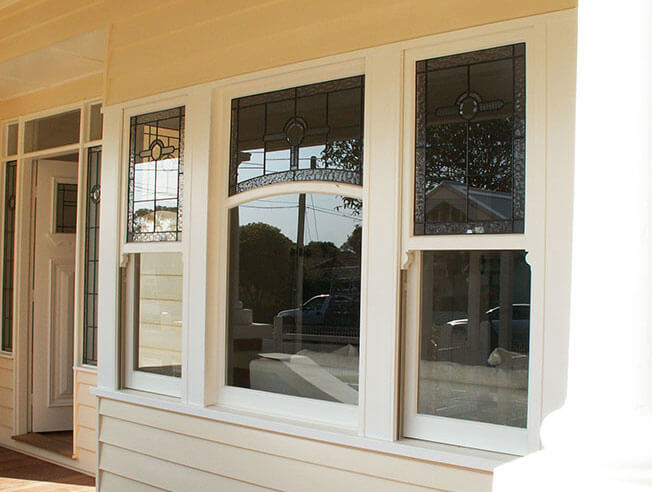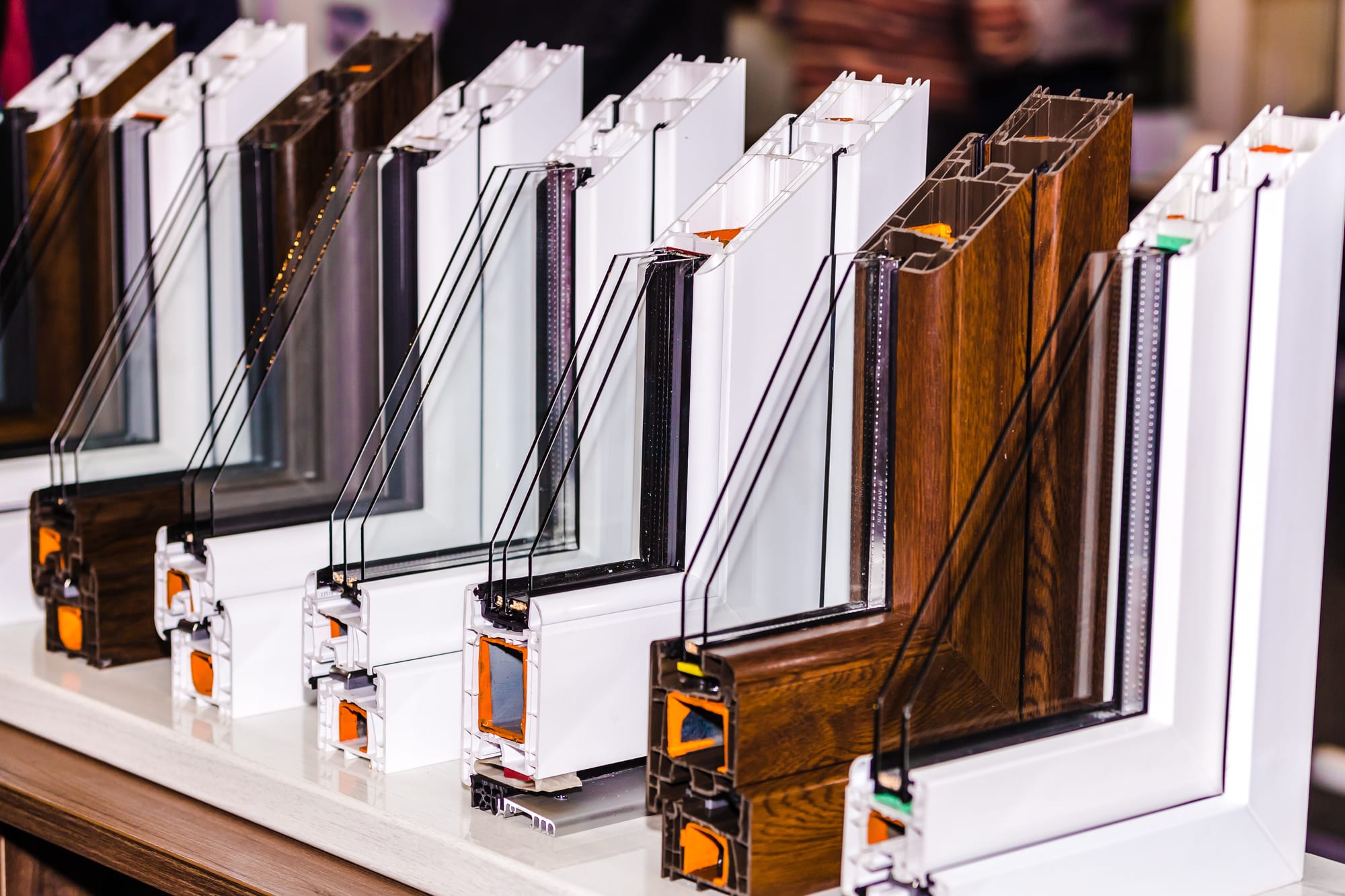All Categories
Featured
Table of Contents
Why Do You Need Double Glazing Windows In Summer? in Girrawheen WA
That window can transfer more solar heat in winter than in summer season. A west-facing window on a summer season's afternoon has an angle of occurrence from near 0 approximately 30 with a large reliable area of solar radiation. A north-facing window, in summer season, has a high angle of incidence and a low reliable location of solar radiation, so can send less heat than a west-facing one.

You can quickly and easily improve the thermal performance of your house by replacing your windows. There are thousands of types of glass and frames to pick from.
Double Glazed Windows – Their Amazing Benefits For ... in Shenton Park WA
Single glazing with clear glass is not very efficient when it comes to heat loss or gain. To enhance efficiency, you can use single glazing with a more energy-efficient type of glass such as low emissivity (low-e) glass.
Numerous layers can be assembled with sealed cavities between each sheet of glass. IGUs generally use much better energy performance than single glazing, due to the fact that they send less energy. The energy efficiency of IGUs likewise depends on: the properties of each layer of glass. Various glass types (for example, clear and low-e glass) can be put together in an IGU.
Double Glazed Windows Sydney in Greenwood Perth

IGU cavities can be filled with air or a more inert, low-conductivity gas such as argon the width of the cavity. Cavity density is generally 6 to 18mm. Wider cavities supply lower (much better) U worths, with 12mm normally accepted as the preferred gap how well the cavity is sealed. Cavities must be dry and well sealed to avoid wetness getting in.
If argon is set up to the cavity in location of air, moisture is reliably omitted the level of desiccant (drying agent). The spacer (metal or polymer strip) that separates the glass layers contains a desiccant to take in any wetness. Insufficient desiccant may cause wetness to condense on the glass surface area in cold conditions, decreasing thermal performance.
Lifestyle - West Coast Double Glazing in Parkwood Western Australia
In truth, IGUs can deliver better energy performance for all environments, especially in heated and air-conditioned houses. Cross-section detail of single, double and triple-glazing units Low emissivity glass (commonly known as low-e glass) reduces heat transfer. Low-e glass may be either high or low transmission: High transmission low-e glass has a covering that permits daytime from the sun to pass into your house to accomplish great solar heat gain, but lowers the quantity of the long wavelength infrared heat that can escape back through the window.
Low-e glass has either a pyrolytic covering or a vacuum-deposited thin film metal finish. Pyrolytic coverings are long lasting and can be used for any glazing; vacuum-deposited coatings are soft and are only utilized within IGUs. Low-e finishes can substantially improve both U worth and SHGC; however, they need to be utilized correctly or they will either degrade or stop working to carry out as required.
A Complete Guide To Double Glazed Windows in Gosnells WA
Low-e coatings can be used in combination with clear, toned or reflective glass. Low-e finishings on glazing can lower heat transfer where required Image: Department of Industry, Science, Energy and Resources Toned glass has actually colouring additives included during manufacture. It is readily available in various colours, normally bronze, grey, blue and green.
Latest Posts
Why Is Double Glazing So Important In Winter? in Floreat Western Australia
Pros And Cons Of Argon Gas In Windows in Bedford Perth
Can I Have Double Glazing In A Summerhouse? in Madeley Perth